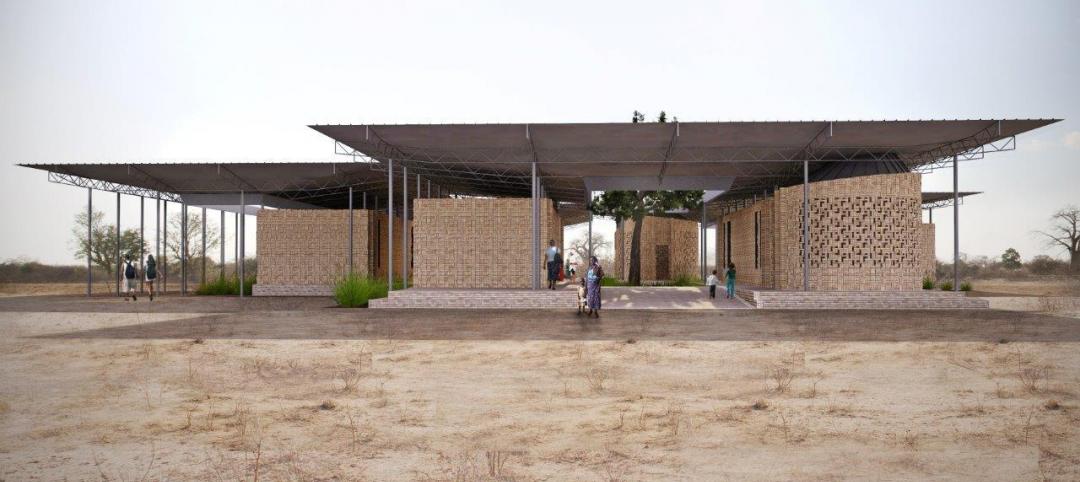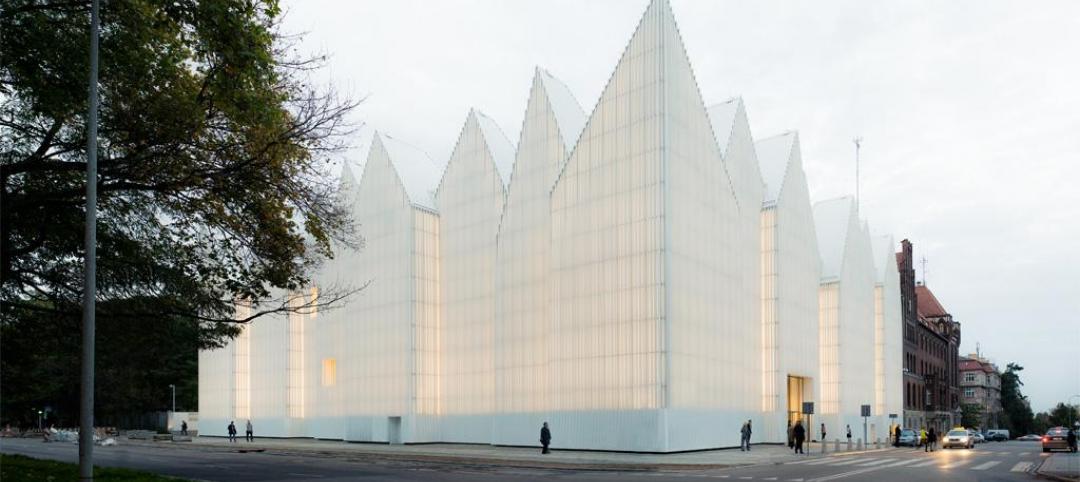 |
|
The Hanna Theatre is the last of five theaters in Cleveland’s Playhouse Square to be renovated and “reimagined” for modern audiences. |
Between February 1921 and November 1922 five theaters opened along a short stretch of Euclid Avenue in downtown Cleveland, all of them presenting silent movies, legitimate theater, and vaudeville. During the Great Depression, several of the theaters in the unofficial “Playhouse Square” converted to movie theaters, but they all fell into a death spiral after World War II. By 1969, four of the five were forced to close.
Only the Hanna Theatre stayed alive, limping along into the '80s with local theater productions and the occasional Broadway preview, until it too went dark in 1989. Ten years later, an investment group led by Playhouse Square—a preservation organization that had already saved Hanna's cousins, the Allen, Ohio, State, and Palace theaters—acquired the historic Hanna Building with the goal of making the Hanna Theatre the permanent home of the Great Lakes Theater Festival.
For local A/E firm Westlake Reed Leskosky, the task of revitalizing the Hanna was compounded by the added assignment of making the space conducive to live concerts, stand-up comedy, corporate outings, and other events for which it was never intended.
WRL's new design significantly reconfigured the original 1,400-seat proscenium stage theater into an intimate 548-seat thrust stage, fully flexible in three independent sections, and adaptable to a 572-seat proscenium mode. Equipped with hydraulic lifts that can raise and lower parts of the stage at a rate of up to two feet per second as well as a new structurally independent fly system and improved acoustical, A/V, and lighting systems, the venue provides unparalleled production flexibility. General contractor Turner Construction completed the project in 8½ months, in time for the theater's opening performance September 20, 2008. —Jeffrey Yoders, Senior Associate Editor
Related Stories
Museums | Jun 23, 2015
Moreau Kusunoki's 'art in the city' scheme wins Guggenheim Helsinki design competition
The firm’s design concept makes use of the museum’s site, turning it into a bustling, well-connected waterfront hub.
Cultural Facilities | Jun 10, 2015
Artists turn oil tankers into architecture
Four Dutch artists propose transforming tankers into monuments with mixed-use space.
Cultural Facilities | Jun 5, 2015
Chicago’s 606 elevated park opens
The 2.7-mile stretch repurposes an abandoned elevated train track that snakes through Humboldt Park and Bucktown.
Cultural Facilities | Jun 2, 2015
Snøhetta and Dialog to revitalize Willamette Falls area in Oregon
As part of the plan, an abandoned paper mill will be repurposed, while landscaping and running trails will be added.
BIM and Information Technology | May 27, 2015
4 projects honored with AIA TAP Innovation Awards for excellence in BIM and project delivery
Morphosis Architects' Emerson College building in Los Angeles and the University of Delaware’s ISE Lab are among the projects honored by AIA for their use of BIM/VDC tools.
Cultural Facilities | May 15, 2015
Design for beekeeping facility in Tanzania by Jaklitsch/Gardner Architects unveiled
The developers say the center will be an important educational and vocational tool.
Cultural Facilities | May 14, 2015
Szczecin Philharmonic Hall wins Mies van der Rohe Award 2015
The hall is composed following a Fibonacci sequence whose fragmentation increases with the distance from the scene.
Cultural Facilities | May 13, 2015
MVRDV selected to design High Line-inspired park in Seoul
The garden will be organized as a library of plants, which will make the park easier to navigate.
Museums | May 13, 2015
The museum of tomorrow: 8 things to know about cultural institutions in today’s society
Entertainment-based experiences, personal journeys, and community engagement are among the key themes that cultural institutions must embrace to stay relevant, write Gensler's Diana Lee and Richard Jacob.
High-rise Construction | May 6, 2015
Parks in the sky? Subterranean bike paths? Meet the livable city, designed in 3D
Today’s great cities must be resilient—and open—to many things, including the influx of humanity, writes Gensler co-CEO Andy Cohen.
















